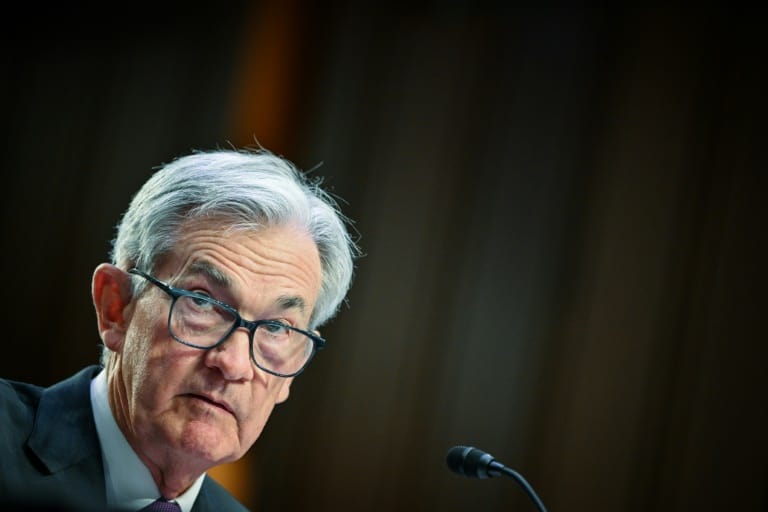The February jobs report showed the U.S. labor market continues to outperform expectations, with more than 300,000 new jobs created last month in the face of stubborn inflation and aggressive rate hikes from the Federal Reserve.
The U.S. economy added 311,000 jobs last month, more than expected, while the unemployment rate ticked higher to 3.6% on a rise in labor force participation. Economists had expected to see 225,000 new jobs added to the economy last month with the unemployment rate holding steady at 3.4%, according to data from Bloomberg.
Here are the key numbers investors from Friday’s report, with results compared January’s data:
- Nonfarm payrolls: +311,000 vs. +504,000
- Unemployment rate: 3.6% vs. 3.4%
- Average hourly earnings, month-on-month: +0.2% vs. +0.3%
- Average hourly earnings, year-on-year: +4.6% vs. +4.4%
- Labor force participation rate: 62.5% vs. 62.4%
- Average weekly hours worked: 34.5 vs. 34.6
Ahead of Friday’s report, investors were closely watching for revisions to January’s jobs data, which came in far stronger than forecast but was, in the eyes of some observers, boosted by seasonal factors and warm weather.
Revisions released Friday showed there were 504,000 jobs created in the first month of the year, a mere 13,000 fewer than previously reported. Monthly job gains over the last six months have now averaged 343,000.
“The moderation in job growth in February confirms that job gains in January were inflated by unusually warm weather and seasonal adjustment quirks,” said Ryan Sweet, chief U.S. economist at Oxford Economics, in a note to clients on Friday. “However, the pace of job growth is surely still too rapid for the Fed’s liking and won’t stand in the way of the Fed continuing to push interest rates higher.”
By industry, Friday’s jobs report showed hiring remains particularly robust in the leisure & hospitality sector, as well as for retail, health care, and government jobs.
There were 105,000 new jobs added to the leisure & hospitality sector in February, the most of any industry. These job gains were slightly higher than the 91,000 jobs created in this industry over the last six months, on average. Employment in this sector still remains 2.4% below pre-pandemic levels, the BLS noted in its report.
Construction employment, which Yahoo Finance’s Jared Blikre flagged as a key area to watch with recession fears swirling, rose by 24,000 last month, in line with the average monthly gain of 20,000 seen in this industry over the last six months.
Economists and strategists were also closely watching wages ahead of Friday’s report, with average hourly earnings rising 4.6% over the prior year in February, an increase from the 4.4% jump seen in January but slightly below forecasts for a 4.7% uptick in wages on an annual basis.
Friday’s report comes less than two weeks before the Federal Reserve’s next policy meeting, with investors bracing for a more aggressive 0.50% rate hike after Fed Chair Jay Powell told lawmakers this week “the ultimate level of interest rates is likely to be higher than previously anticipated.”
“Even with February’s increase in the unemployment rate, the labor market remains incredibility tight,” said Wells Fargo economists Sarah House and Michael Pugliese in a note to clients on Friday. “While we expect hiring to slow more markedly from here, there remains plenty of scope for the jobs market to weaken before concerning the Fed.”
Concerns about the banking system given the crisis that has broken out at SVB Financial (SIVB) in the last 48 hours, however, has pushed market pricing back in favor of a more conservative 0.25% rate hike from the Fed later this month, data from the CME Group showed Friday morning.

